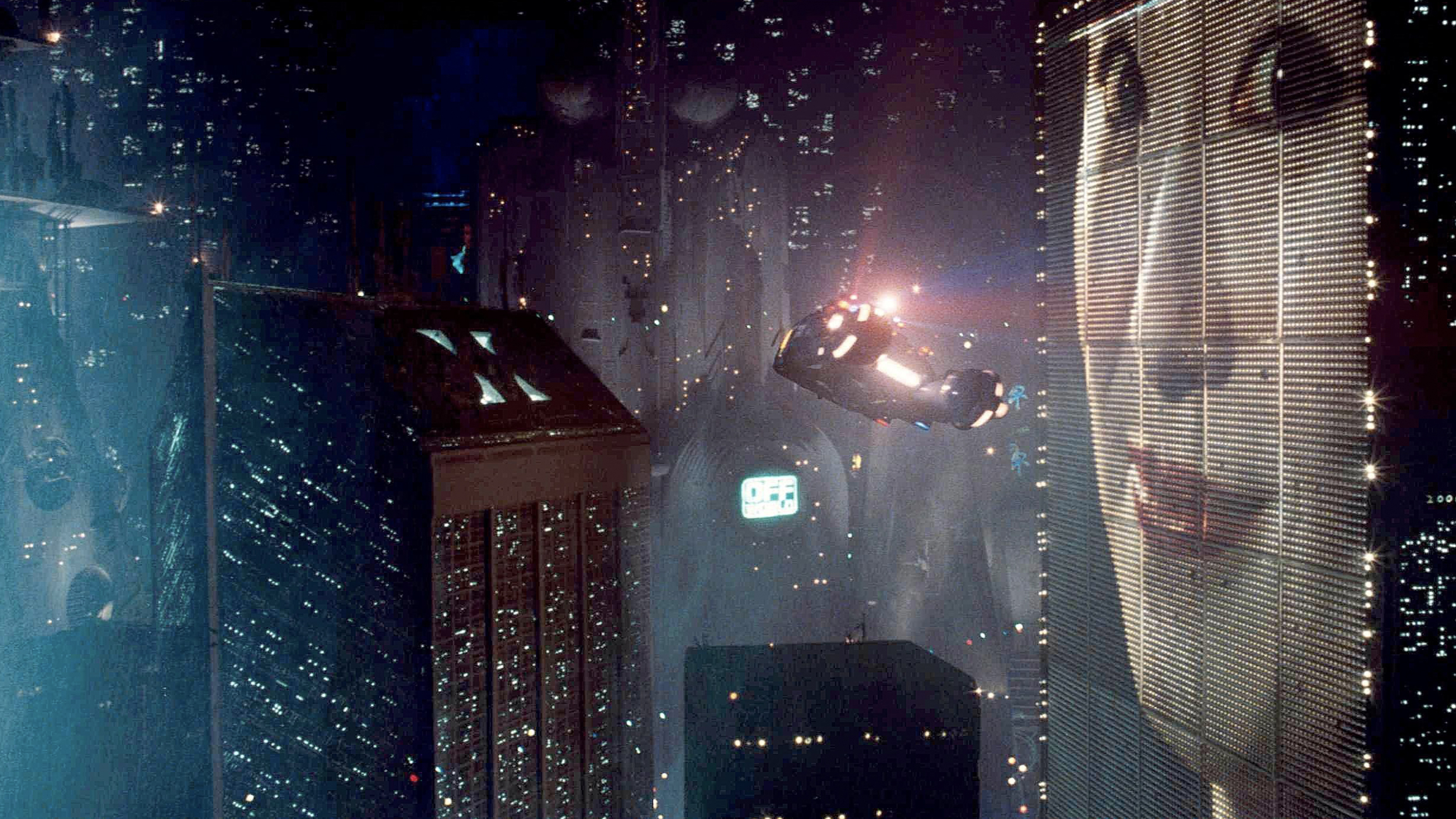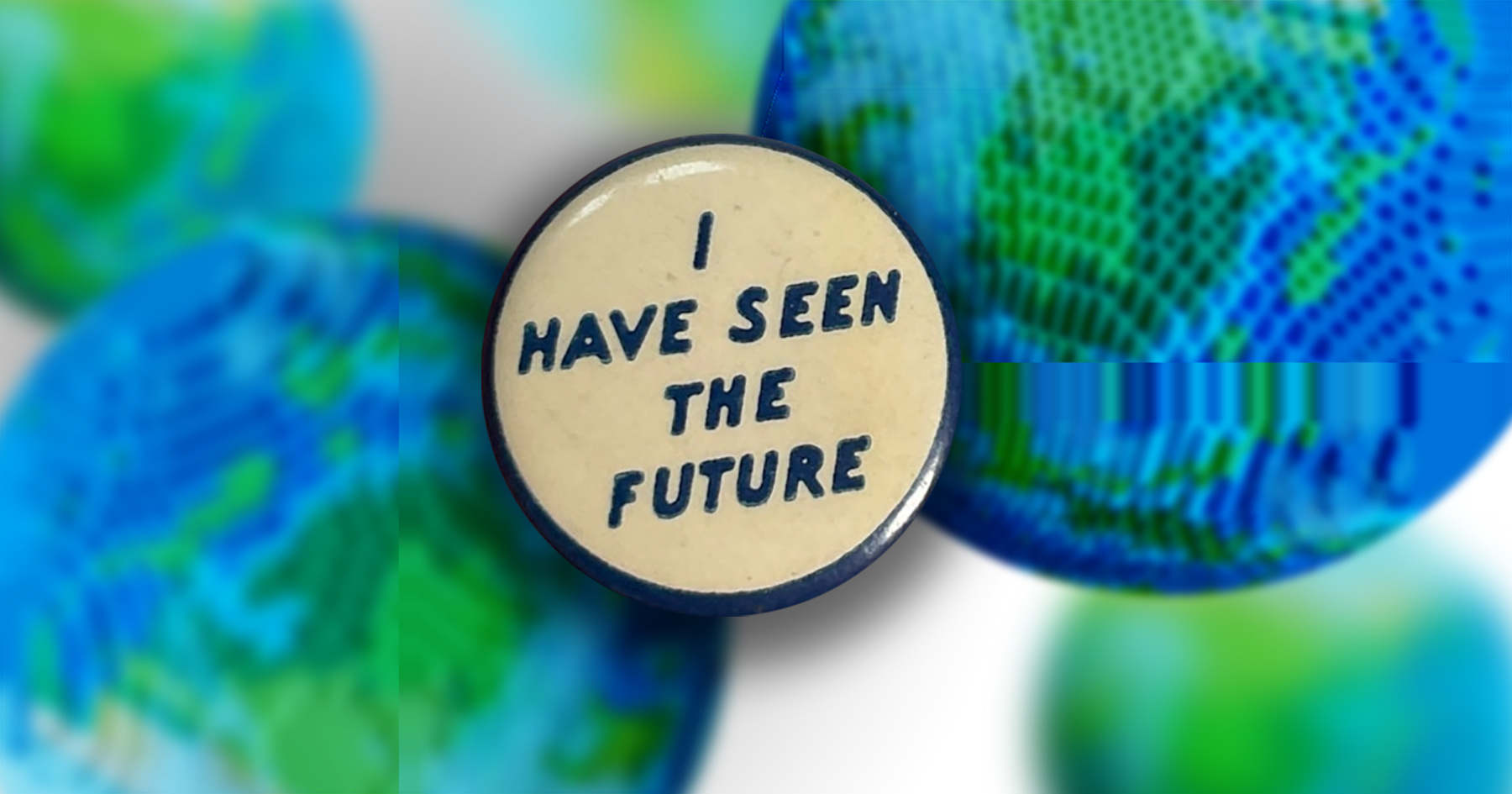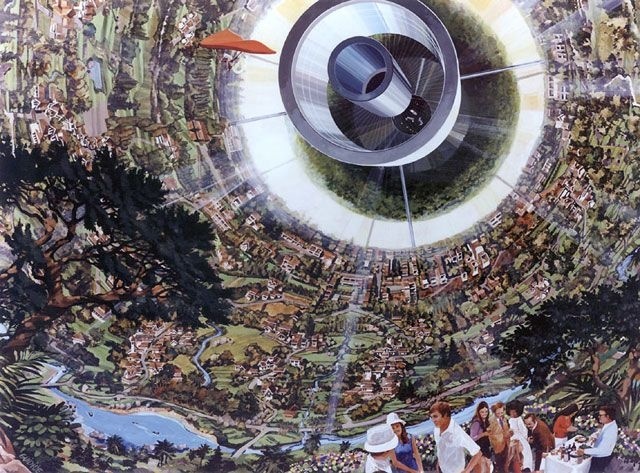Are fictional dystopias blocking us from better futures?

- Since the 1970s the prevailing vision of the future in popular culture has tended towards the dystopian.
- Commentators of all stripes — from celebrated movie critics to novelists and today’s "effective accelerationists" — have addressed the lack of blue-sky thinking.
- Michael Harris argues that dystopias are not a failing of their creators’ imaginations — and that fears about the future are rooted in the mechanisms of power and control.
An anti-anti-progress movement is on the march. In October 2023, Marc Andreessen, one of the founders and a general partner at famed Silicon Valley venture capitalist firm Andreessen Horowitz, published his call-to-arms The Techno-Optimist Manifesto.
“We are told to be angry, bitter, and resentful about technology,” Andreessen writes, by a “demoralization campaign” that has been ongoing for six decades and has encompassed the media, governments, think tanks, nonprofits, activists, politicians, and even corporate executives who desire corrupt cartels. To Andreessen, some of the guises under which this campaign has advanced include ‘sustainability’, the ‘Precautionary Principle’, ‘trust and safety’, ‘risk management’, and the ‘limits of growth’ – but really, they are anti-progress, “against technology and against life”.
In the same month, James Pethokoukis, a senior fellow at the American Enterprise Institute, published his book The Conservative Futurist: How to Create the Sci-Fi World We Were Promised. Pethokoukis similarly dates what he calls “the Great Downshift” in technological progress and economic growth, and a popular culture “fixated on catastrophe,” back to the early 1970s.
To Pethokoukis, starting around this time America became a less future-oriented, less optimistic society. The growing environmental movement, rather than just working to create a cleaner environment, became (in his view) “utterly hostile to technological progress, economic growth, and market capitalism.” This included presenting a dystopian picture of the future and our ability to make it better, and was reflected in — promoted by, some might say — popular culture as well.
Such critiques aren’t wholly new. In his 2021 (reissued) book, Where Is My Flying Car?, engineer and futurist J. Storrs Hall also lamented the 1970s as the beginning of economic stagnation stemming from a countercultural hostility to progress, born of an opposition to almost any form of energy use (a ‘pathology’ Hall calls “ergophobia”). And again, popular culture has played a critical role in this: “Science fiction has a long and valuable history of providing us with visions of a better world. …[But] Science fiction since the Sixties has signally failed in that regard; we have been fed, by and large, a diet of Chicken Little soup in a pot of message, ladled out over leg of Frankenstein.”
This gathering group of ‘effective accelerationists’ broadly share a conservative-libertarian worldview. But it’s not just conservative commentators who are lamenting a certain ‘anti-progress’ turn. For example, New York Times columnist Ezra Klein has been calling for “a liberalism that builds,” and writing (including in a forthcoming book with Derek Thompson) about the way in which: “Rules and regulations designed to solve the environmental problems of the 1970s often prevent urban density and green energy projects that would help solve the environmental problems of the 2020s. … In the last few decades, our capacity to see problems has sharpened while our ability to solve them has diminished.”
Even some prominent sci-fi authors — among them Neal Stephenson, Cory Doctorow, and Kim Stanley Robinson — agree that futuristic fiction needs to offer an inspiring (though not naïve) outlook about our ability to shape the future (Stephenson also co-founded the Hieroglyph project with the Center for Science and the Imagination at Arizona State University, with a mission to develop science fiction stories that could inspire scientists, engineers, and entrepreneurs).
A lot of popular science fiction since the 1970s has depicted dark futures, to the point that they’ve become our default visions.
It’s true that a lot of popular science fiction since the 1970s has depicted dark futures, to the point that they’ve become our default visions. Environmental collapse, staggering inequality, corporate domination, people enslaved by technology, even civilizational collapse — all are recurring themes and contexts. And these themes, prominent in the more serious sci-fi that came to the fore following the late 1960s landmarks of 2001: A Space Odyssey and Planet of the Apes, reflected the rising environmental consciousness of the time, even a set of deeper developing critiques of industrial capitalism and whether it really constitutes ‘progress.’
However dated in some respects, films such as Soylent Green, Rollerball, and Colossus: The Forbin Project, up to Blade Runner, Brazil, and beyond, set a template that persists, in movies, television programs, anime, videogames, and novels. As a result, the historian and journalist Jill Lepore identifies a “radical pessimism” in contemporary dystopian fiction: “Dystopia used to be a fiction of resistance; it’s become a fiction of submission, the fiction of an untrusting, lonely, and sullen twenty-first century… It cannot imagine a better future, and it doesn’t ask anyone to bother to make one.”
Neither is this a new critique. The New Yorker’s longtime film critic, Pauline Kael, made a similar point in her famously scathing review of Blade Runner’s apparent fatalism: “Here we are — only forty years from now — in a horrible electronic slum, and Blade Runner never asks, “How did this happen?” The picture treats this grimy, retrograde future as a given — a foregone conclusion, which we’re not meant to question. …The sci-fi movies of the past were often utopian or cautionary; this film seems indifferent, blasé, and maybe, …satisfied in a slightly vengeful way.”
Going back slightly further, we might similarly reference Susan Sontag’s 1965 essay The Imagination of Disaster and its critique that Cold War-related science fiction fantasies help to normalize that which we should never become accustomed to, namely the potential destruction of humanity. Or Dutch historian and sociologist Fred Polak’s argument in his 1973 book The Image of the Future, that our images of the future are nihilistic and full of despair: “[W]e may well ask ourselves if the decline in utopian thinking is not also a decline in social progress itself.”
And yet, it’s not the job of creators of popular culture to promote positive visions of the future that audiences are likely to feel lack credibility, given current trends. The only ‘responsibility’ of creators is to tell the truth, at least how they see it — that, for example, the climate emergency, long predicted by often-derided and dismissed environmental ‘doomists’ since the 1970s, has surely, undeniably now begun.
If we are called on to not fear the future, it might be better to persuade us that we have a place in it, that it is ours to make. Show us a future we want to believe in.
Dystopias are typically regarded as warnings about what could happen. But we’re stuck, culturally, in Blade Runner futures of environmental collapse and corporate domination because they remain our most likely real-world future, if not increasingly and alarmingly our present. It’s not a failing of creators’ imaginations (let alone a conspiracy of despair) that we’re stuck in dystopian visions of the future — it’s that politically, economically, and socially we’ve essentially been stuck on the same trajectory towards futures that are decidedly dystopian. Moreover, the fears expressed in some 1970s sci-fi have turned from predictions into descriptions — not because we heeded their concerns, but because we didn’t. This is the world that sci-fi ‘promised’ us, not a future of flying cars.
Of course, today’s accelerationists argue that the only way out of our seemingly paradoxical malaise — that living standards have risen remarkably over decades and yet more of us feel distrustful of the future — is to speed-up Andreessen’s “techno-capital machine.” But just like the Luddites that he laments (yesterday’s and today’s), what the accelerationists neglect is that our fears of the future (reflected in popular culture) are not really about technology but about a loss of control — not about progress, but power, and yes, our collective capacity to control a contemporary industrial capitalism whose strongest proponents seem hostile to recognizing any limits, be they political, social, or environmental.
In short, if we are called on to not fear the future, it might be better to persuade us that we have a place in it, that it is ours to make. Show us a future we want to believe in. As Ezra Klein has written: “Treating so much of society with such withering contempt will not speed up a better future. It will turn people against the politics and policies of growth, just as it did before. Trust is the most essential technology of all.”





